Single- vs Doublecam
Compoundbows unsimilar. On the one hand the differences are sensible during the draw, but on the other hand they are just ascertainable with precise measurement engineering. It is a fact that there are differences which are important.
Which bow supplies more energy? Double- or Singlecam? Which arrow is interesting for which type of bow? Does a singlecam-bow with a peekweight of 58 lbs need the same arrow as a doublecam (with same tension)? Elsewise, why? This is the question which we´d like to comment on this article. The shown result confirms reality. Consequently there is no space for speculation about the IBO speed declaration.
The images show two draw characteristics: „red“ – a bow with doublecam, „blue“ with singlecam. As you can see both are adjusted on a peekweight of 58 lbs. Both are setted on 28 ¼" (DLPP) and even drawn that far. The singlecam-bow´s brace height is little higher, the D-loop of ¾" is included in both measurements. The second image shows the force path during the shot. Even here you can see clearly differences in the Cam-effect.
Now to the figures:
Peak draw: red 58 – blue 58
Arrowspeed: read 285,98 f/s – blue 265,62 f/s
Stored energy: red 101,53 Joule – blue 93,90 Joule
Energy of arrow: red 82,93 Joule – blue 71,08 Joule
Energy efficiency: red 81,15 % – blue 75,69
Another interesting item is that we´ve used the same arrow for this test, which weighs exactly 335,20 grain. The producer declares a spin of 250 for this arrow. Statical measured the spinetester shows a result of 75 lbs. For the doublecam-compound bow this value is visibly to flexible. Here we recommend 300 (appr. 85 lbs).
You can read about the accurate measurement results on the following links: Singlecam, Doublecam





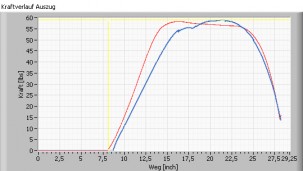


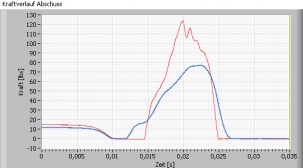
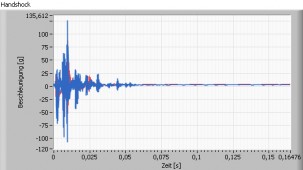
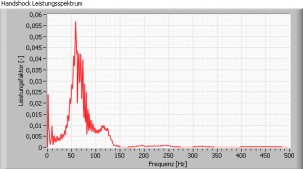
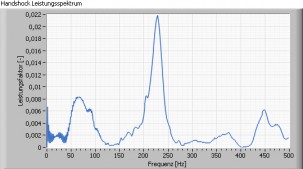


* Required Fields